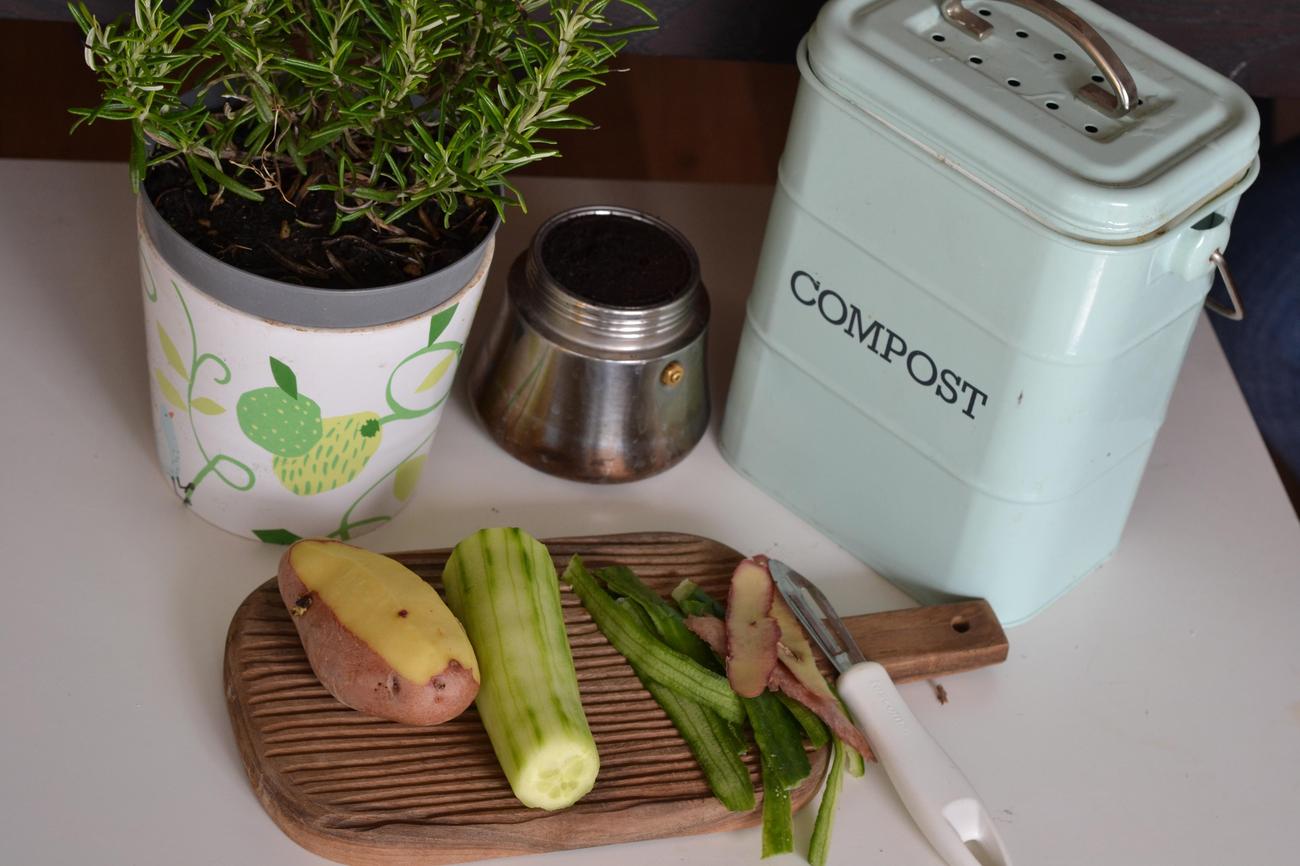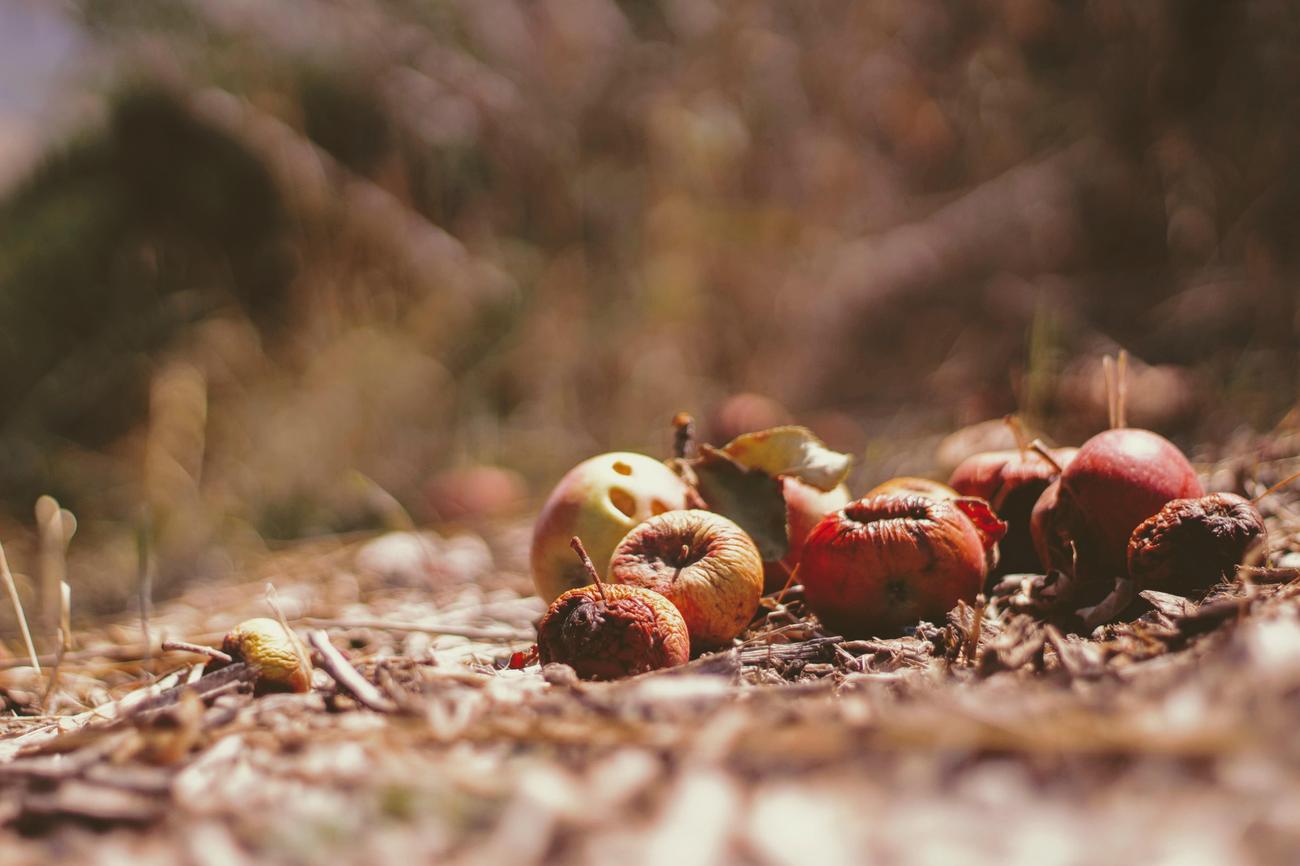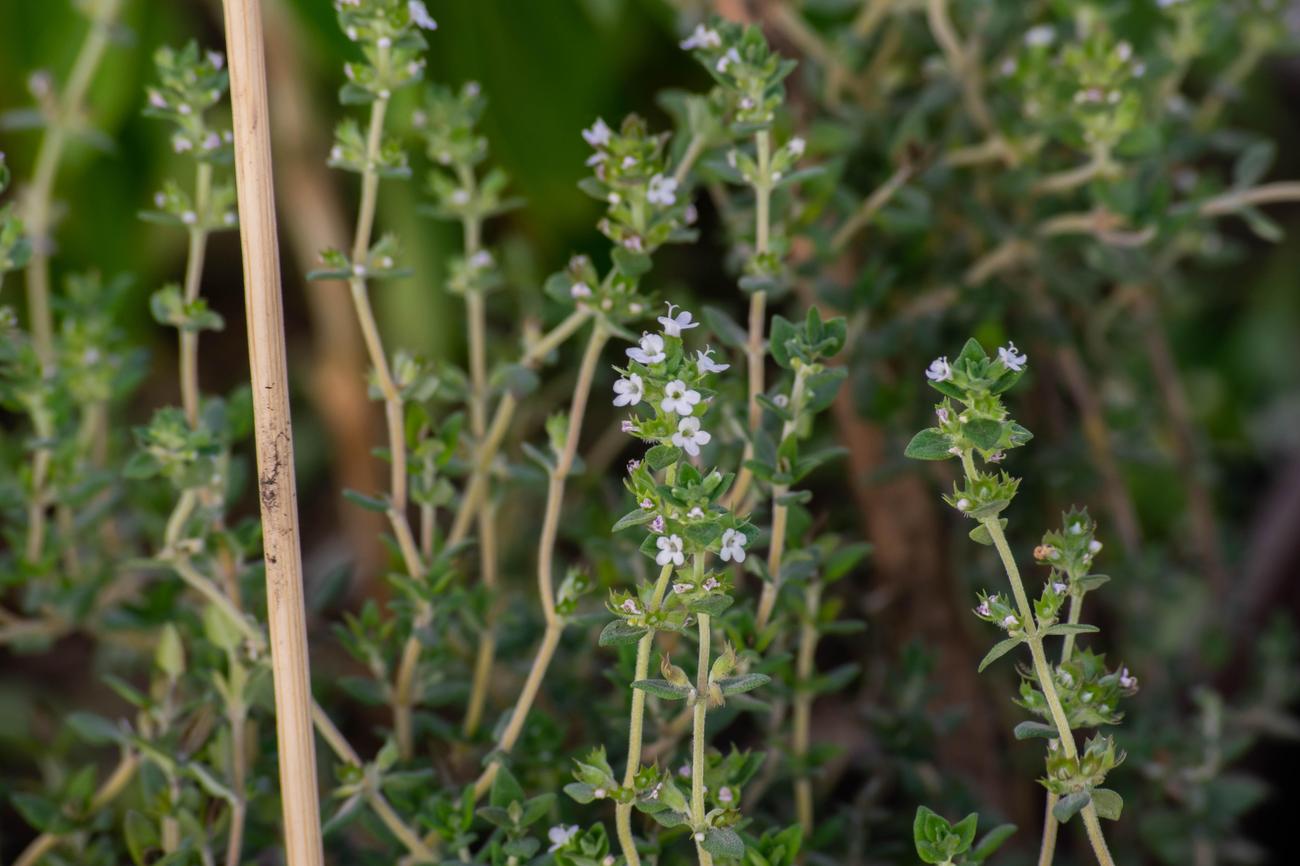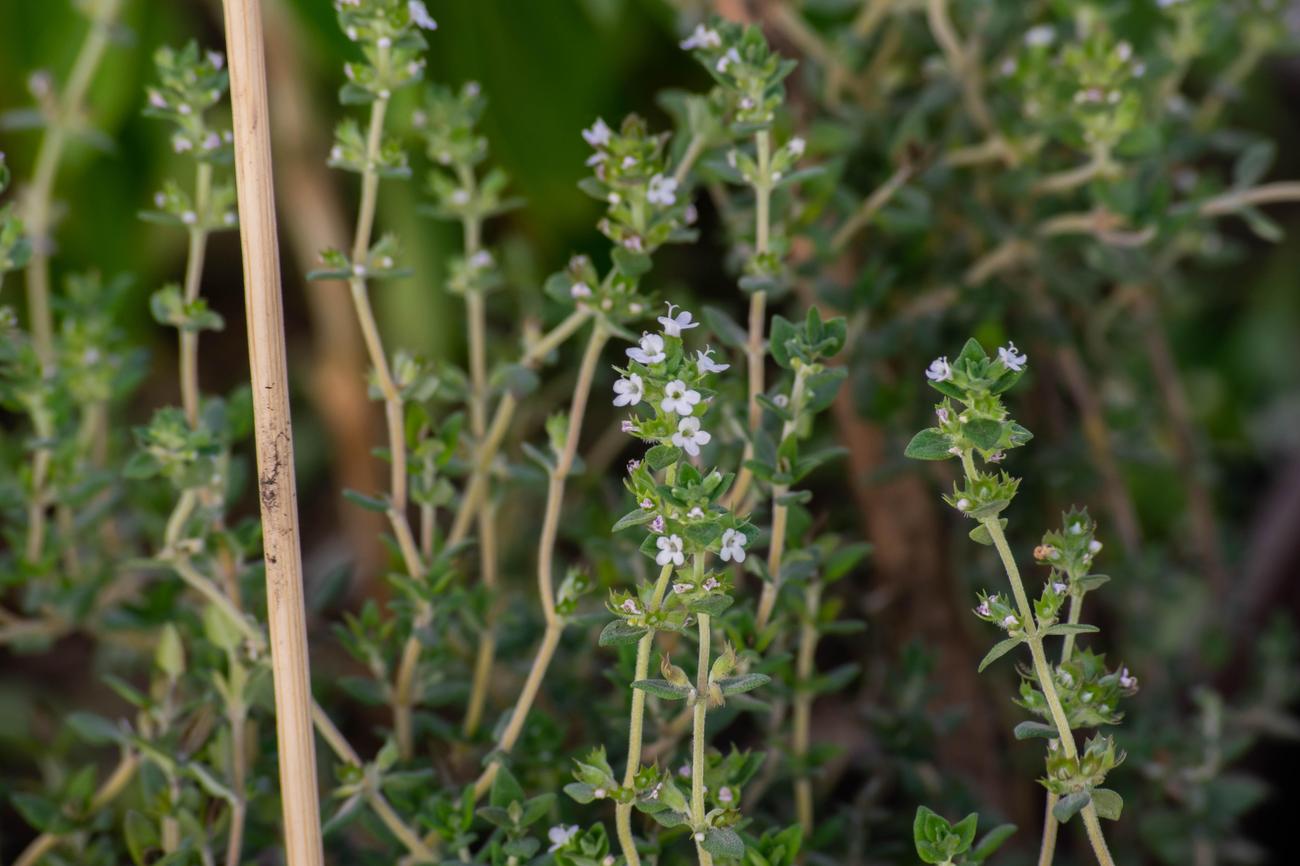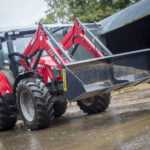Are you fascinated by the wonders of composting and its ability to enrich soil and reduce waste? If so, you’re in for a treat. In this article, we’ll take a journey back in time to unearthing ancient composting practices. As a seasoned environmental journalist with a deep passion for sustainable practices, I’ll walk you through the early techniques of composting that have laid the foundation for the modern methods we use today. Get ready to discover the historical significance of composting and gain insights into how these age-old practices have shaped our understanding of sustainable living. Let’s dive into the fascinating world of ancient composting!

Early Practices of Composting
Composting has a long and rich history, with ancient cultures harnessing the power of decay to improve soil fertility and reduce waste. The early practices of composting provide valuable insights into our modern composting methods, showcasing the ingenuity and wisdom of our ancestors. Let’s embark on a journey to unearth the secrets of early composting and discover how these techniques have shaped our present understanding of this eco-friendly practice.
Ancient Wisdom, Sustainable Practices
Ancient civilizations, such as the Egyptians and the Romans, were pioneers in composting. They understood that by harnessing the natural process of decay, they could improve soil health, increase crop yields, and manage their waste effectively. These early practitioners recognized the value of transforming organic materials into a nutrient-rich substance for the Earth’s benefit.
To compost in ancient times, people relied on the resources available to them. They collected various organic materials, including crop residues, animal manure, and kitchen scraps. By combining these “greens” and “browns,” they carefully layered the ingredients in specific proportions to create a balanced compost pile. Garden waste and other organic matter were also added to enhance the microbial activity and facilitate decomposition.
The Art and Science of Early Composting
Early practitioners employed different techniques to hasten the composting process. Some cultures developed sophisticated composting systems, such as the terracotta Roman compost pits, which provided controlled conditions for decomposition. Others utilized simple but effective methods, like composting in shallow pits or utilizing animal-drawn plows to mix organic matter into the soil.
One remarkable example of early composting is the traditional Korean method known as “Jongga.” Farmers would gather animal and plant waste in earthenware pots, sealing them to create an anaerobic environment that encouraged fermentation. After months or even years, the pots were opened to reveal a nutrient-dense substance ready to be used as compost.
Benefits of Early Composting
The early practices of composting bestowed numerous benefits upon these ancient civilizations. Not only did composting improve soil fertility, but it also supported the overall health of agricultural systems. The rich humus produced from organic materials enhanced the soil’s structure, water-holding capacity, and nutrient availability. In turn, this led to increased crop yields and improved food security.
Moreover, early composting methods were environmentally sustainable, as they reduced the amount of waste that ended up in landfills or water bodies. By transforming organic waste into valuable compost, ancient communities minimized pollution and embraced a circular approach to resource management.
Lessons for Modern Composting
The early practices of composting continue to inspire and inform our present composting techniques. While we have advanced in terms of technology and understanding, we can still learn valuable lessons from our forebears. Understanding the science behind composting, the correct ratios of greens and browns, and the importance of aeration and moisture control can guide us in achieving optimal results.
Modern composting methods, such as aerobic composting and vermicomposting, have evolved from these early practices. By maintaining an ideal balance of organic materials, managing temperature and moisture levels, and using the right tools and techniques, we can create nutrient-rich compost efficiently.
Conclusion
As we delve into the early practices of composting, we gain a deeper appreciation for the wisdom of ancient civilizations. Their sustainable approaches and innovative techniques continue to shape our understanding of composting and its significant role in sustainable agriculture and waste management. By unearthing the ancient secrets of composting, we can inspire and inform present and future generations to embrace this environmentally friendly practice.
“The ancient knowledge of composting serves as a timeless reminder that nature indeed holds the key to sustainable solutions.”
Composting is a fascinating practice that has been around for centuries, but have you ever wondered when it really started? If you’re curious about the origins of this eco-friendly technique, you’ve come to the right place. When did composting start? Find out more about the history of composting and its early beginnings by clicking here. Uncover the secrets of this age-old method and discover how it has evolved over time. Get ready to delve into the world of composting and explore its rich heritage.
FAQ
Question 1:
What are some early practices of composting?
Answer 1:
Early practices of composting date back centuries and varied across cultures. Some common methods include trench composting, where organic waste is buried directly in the ground, and pit composting, where a hole is dug and filled with organic materials. Another technique is windrow composting, where organic waste is piled in long rows and periodically turned. These early practices laid the foundation for modern composting methods.
Question 2:
How did early composting methods influence modern composting techniques?
Answer 2:
Early composting methods provided valuable insights into the decomposition process and the benefits of using organic matter to enhance soil health. These practices demonstrated the importance of turning and aerating compost piles to promote microbial activity and accelerate decomposition. They also highlighted the value of balancing carbon-rich “browns” (such as dry leaves and straw) with nitrogen-rich “greens” (such as kitchen scraps and grass clippings) for optimal composting. Modern composting techniques have built upon these principles to develop more efficient and controlled composting systems.
Question 3:
What were the historical uses of composting in different cultures?
Answer 3:
Composting has a rich historical significance in various cultures. In ancient China, farmers used composting techniques to enrich the soil’s fertility and improve crop yields. The Mayans in Central America employed pit composting to manage agricultural waste and maximize soil productivity. In medieval Europe, composting played a crucial role in sustainable farming practices, with farmers utilizing animal manure and crop residues to create nutrient-rich compost. These historical uses of composting highlight its enduring importance in sustainable agriculture.
Question 4:
What are the benefits of early composting practices?
Answer 4:
Early composting practices provided numerous benefits. They allowed communities to manage organic waste effectively, reducing the amount of material sent to landfills. Composting also helped improve soil structure and fertility by enhancing nutrient availability and moisture retention. By recycling organic matter, early composting methods contributed to a more sustainable and circular approach to agriculture. Additionally, these practices offered a cost-effective alternative to synthetic fertilizers, decreasing reliance on chemical inputs.
Question 5:
How can we apply lessons from early composting practices today?
Answer 5:
The lessons learned from early composting practices remain relevant in modern times. By understanding the importance of balancing carbon and nitrogen ratios, turning compost piles, and ensuring proper aeration, we can optimize the decomposition process and produce high-quality compost. Incorporating these principles into backyard composting or large-scale composting operations can help reduce waste, improve soil health, and foster sustainable agriculture. Drawing inspiration from early practices, we can continue to refine and innovate composting techniques for a greener future.
- HelpCare Plus: Revolutionizing Affordable and Accessible Healthcare - December 29, 2024
- Boom & Bucket: Your Digital Marketplace for Used Heavy Equipment - December 28, 2024
- Ankle Bones Crossword Clue: Solutions, Tips & Anatomical Insights - December 28, 2024
